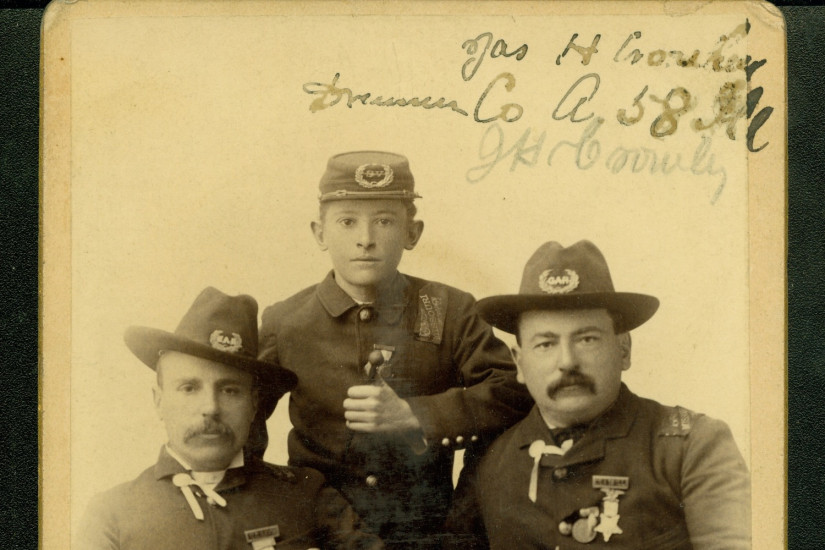For decades before and after the Civil War, thousands of lecturers, “elocutionists,” ventriloquists, and other performers toured the country, entertaining audiences in churches, fraternal lodges, opera houses, auditoriums, and countless other venues in towns large and small. Some of the best-known figures of the Civil War era traveled this circuit, often making hundreds of dollars per lecture. They included Frederick Douglass and Blanche K. Bruce, Anna Dickinson and William Herndon, Mary Livermore and John S. Mosby. In the 1880s and 1890s, these lectures provided one important thread of memory for the military history of the Civil War.
Although he was not one of the “star” speakers on the circuit in the late 1880s, Rev. E. Livingston Allen, unlike most of his more famous colleagues, left a complete version of his lecture, which he self-published as Both Sides of Army Life: The Grave and the Gay. It provides a sense of what many of the military-oriented lectures would have been like. It is filled with rhetorical flourishes and alliteration, cadences that work far better when heard than when read silently, and italicized and capitalized passages marking important thematic and emotional points. One can almost imagine the red marks, underlines, and circles on the script from which Allen would deliver his public lectures. Taken as a whole, Both Sides of Army Life checks several “boxes” in what had become a common veteran’s memory of the war, focusing on the patriotism of the volunteers, memorable battle scenes, oddball soldiers providing comic relief, and reconciliation between the sections. Although it’s hard to know how often he gave the lecture, he did present it several times in New York and Brooklyn in 1885.
Allen, a long-time Methodist minister in New Jersey and New York, was also active in the Grand Army of the Republic (GAR). At the age of eighteen he quit studying for the ministry to enlist in the Thirteenth New Jersey, serving as a corporal in Company K until the last few months of war, when he was promoted to sergeant. Although the regiment did not suffer heavy casualties–Allen himself was wounded three times–it did serve with distinction, fighting at Antietam, Chancellorsville, Gettysburg, the Atlanta Campaign, and the March to the Sea.
